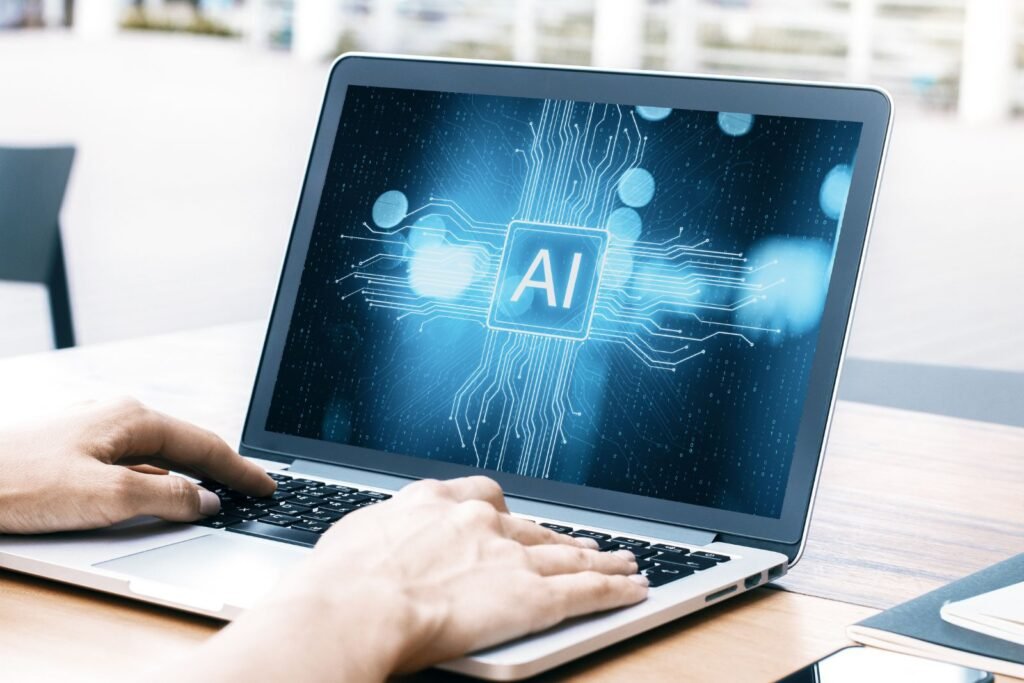As US tech restrictions tighten and GPU costs soar, Chinese tech giant Ant Group is doubling down on homegrown hardware to train its AI models—without breaking the bank.
In a notable shift, Ant Group has started training its large language models using Chinese-made chips, including some developed by Huawei and other Alibaba-linked suppliers. Sources familiar with the move say the models trained on this domestic hardware are performing comparably to those developed using Nvidia’s H800 chips—a go-to in China’s AI race despite being under export control.
While Ant hasn’t fully moved away from Nvidia (yet), it’s increasingly leaning on alternatives from AMD and local manufacturers to fuel its latest models. This isn’t just about politics—it’s a pragmatic move aimed at cutting costs and ensuring long-term scalability in AI development.
Ant is leveraging the Mixture of Experts (MoE) architecture, which splits complex training tasks into smaller, specialized components. Think of it like a team of experts working in parallel—each solving part of a bigger problem, making the entire training process more efficient. This approach has been used by major players like Google and Chinese startup DeepSeek.
In a recently published research paper, Ant detailed how its optimised methods reduced the cost of training one trillion tokens (the foundational data units for LLMs) from 6.35 million yuan ($880K) to 5.1 million yuan ($710K)—a significant cut, especially at scale. The kicker? The paper boldly claims that some of Ant’s models outperformed Meta’s in benchmark tasks. While this hasn’t been independently verified, it’s a bold signal of China’s rising capabilities in AI.
Ant’s open-source models—Ling-Lite (16.8B parameters) and Ling-Plus (290B)—are designed for practical enterprise use in areas like healthcare and finance. The company’s recent acquisition of online medical platform Haodf.com highlights its intent to weave AI more deeply into everyday services. Other tools like Zhixiaobao, a virtual assistant, and Maxiaocai, a financial advisory platform, are already part of Ant’s AI arsenal.
That said, the road isn’t entirely smooth. Ant’s team notes that even small tweaks to training setups can cause spikes in error rates and instability, underlining the challenge of balancing innovation with consistency when swapping out hardware.
While Nvidia CEO Jensen Huang continues to champion ultra-powerful chips to drive future AI workloads, Ant’s approach suggests there’s another path: smarter, leaner models that don’t rely on cutting-edge GPUs to deliver real-world impact.
Whether this strategy reshapes global AI development or simply helps Ant gain a domestic edge, one thing is clear—China’s leading tech firms aren’t waiting around. They’re building a future where AI can be trained cheaper, faster, and more locally.






